Optimizing Gill Net Catches for Industrial Fish Processing Scale
By. Puji Widyastuti - 28 Nov 2025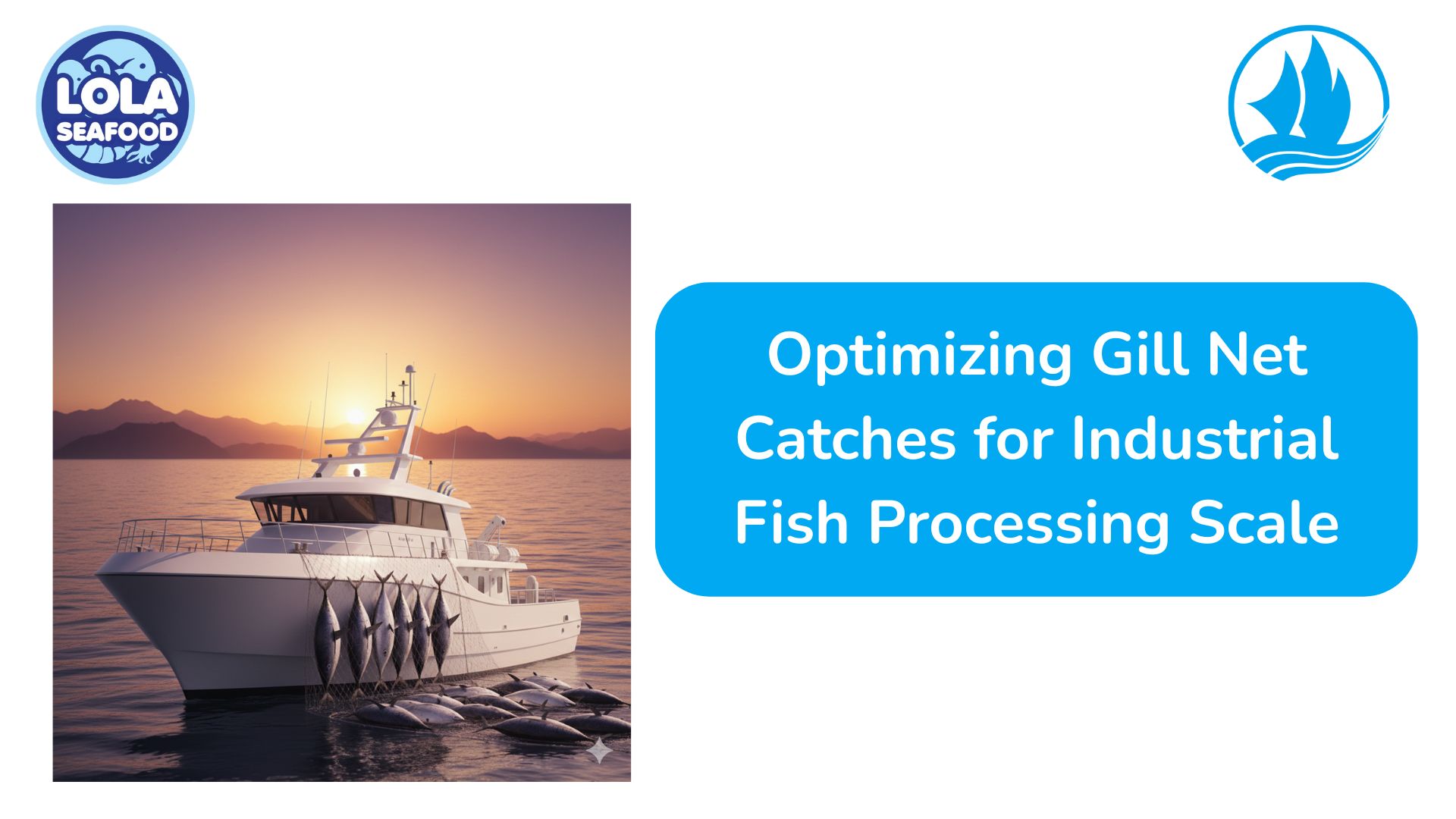
kelolalaut.com The gill net stands as one of the most widespread and efficient fishing gears utilized globally, particularly for capturing pelagic and demersal fish species. For an industrial fish processing company, a consistent, high-volume, and high-quality raw material supply is paramount for operational stability and profitability. This article explores the strategies required to move beyond simple subsistence fishing and truly optimize gill net catches to meet the stringent demands of large-scale fish processing operations.
The Science of Selection: Gear Optimization
The effectiveness of a gill net—and its compatibility with industrial processing—lies in its highly selective nature, which must be carefully managed. Optimal utilization requires focusing on three key parameters:
1. Mesh Size and Fish Species Selectivity
The mesh size is the most critical factor. For industrial scale, the mesh must be calibrated to target the desired market-size of the primary species (e.g., tuna, mackerel, snapper).
- Minimizing Bycatch: Incorrect mesh size leads to high bycatch (non-target species) and undersized fish. This not only wastes fishing effort but also creates logistical nightmares and quality control issues for processors who demand uniformity.
- Maximizing Target Yield: Through continuous scientific monitoring and collaboration with fisheries experts, companies must establish and strictly adhere to the optimal mesh size, ensuring the majority of the catch is the economically valuable target species.
2. Net Material and Visibility
The material, color, and twine thickness of the net affect its catch efficiency. Modern monofilament nets offer higher invisibility and are generally more effective than multifilament.
- Adaptation: Nets should be adapted to the water clarity and depth of the specific fishing grounds. Lower visibility often translates to higher catch rates.
3. Soak Time and Retrieval Efficiency
The duration the net remains in the water, or soak time, directly impacts both the quantity and the quality of the catch.
- Quality Degradation: Longer soak times increase the risk of fish decomposition, bruising, or predation by sharks and seals. For industrial processing, which prioritizes fresh, unblemished raw material, shorter, more frequent sets are often preferred.
- Optimal Retrieval: Fast and efficient hydraulic retrieval systems are essential on industrial-scale vessels to minimize the time fish spend dead in the water before processing and chilling.
Operational Excellence: Vessel and Crew
Optimization extends beyond the gear itself to the vessel operations, ensuring the catch maintains the highest quality from the moment it is retrieved.
1. Advanced Fish Finding Technology
Modern gill net vessels must be equipped with advanced sonar and fish aggregation devices (FADs). These tools allow captains to precisely locate dense schools of target fish, dramatically reducing searching time and fuel consumption while maximizing the catch per unit effort (CPUE).
2. Immediate Post-Harvest Handling
This is perhaps the single most critical factor for an industrial processing supply chain. Once onboard, the fish must be handled immediately.
- Rapid Chilling: Fish should be immediately bled, gutted (if necessary), and immersed in an Ice Slurry or Refrigerated Sea Water (RSW) system. The goal is to rapidly bring the core temperature of the fish down to near $0^{\circ}\text{C}$ to halt bacterial growth and enzymatic degradation. This commitment to cold chain integrity is non-negotiable for fish destined for high-value export markets or intensive processing.
- Minimizing Physical Damage: Crew training is vital to ensure fish are gently removed from the net and not thrown or dropped, preventing physical damage that leads to rejection at the processing plant.
3. Integrated Logistics
Industrial operations require seamless integration between the fishing fleet and the processing plant.
Scheduled Deliveries: Vessels should operate on a strict, predetermined schedule to ensure the processing plant receives a steady, predictable flow of raw material, maximizing the efficiency of factory staff and machinery.
Sustainability and Compliance: Future-Proofing the Supply
For major industrial buyers, sustainability is no longer a niche concern but a core requirement for accessing global markets.
- Compliance with Regulations: Strict adherence to local and international fishing quotas and regulations (e.g., net length and depth restrictions) is essential to maintain operating licenses and market access.
- Certification: Seeking and maintaining certifications from organizations like the Marine Stewardship Council (MSC) validates sustainable practices and is often a prerequisite for supplying major industrial purchasers and retailers.
- Data Collection: Implementing systems for detailed, real-time logging of catch data, location, and effort allows the company to scientifically prove the sustainability and legality of its raw material source.
Optimizing gill net catches for the industrial processing scale requires a holistic approach that integrates advanced marine science, state-of-the-art vessel technology, stringent cold chain management, and an unwavering commitment to sustainability. By treating the gill net operation not just as a means of capture but as the first crucial stage of the processing line, companies can ensure a consistent supply of high-quality, traceable, and market-compliant fish, securing their place in the competitive global seafood industry.
If youre interested in our Emperor Fillet Skin On , Emperor Fillet Skinless , Emperor Grass Whole Round / Whole Gilled Gutted Scaled , Emperor Red Spot Whole Round / Whole Gilled Gutted Scaled and Emperor Whole Round / Whole Gilled Gutted Scaled please do not hesitate to contact us through email and/or Whatsapp
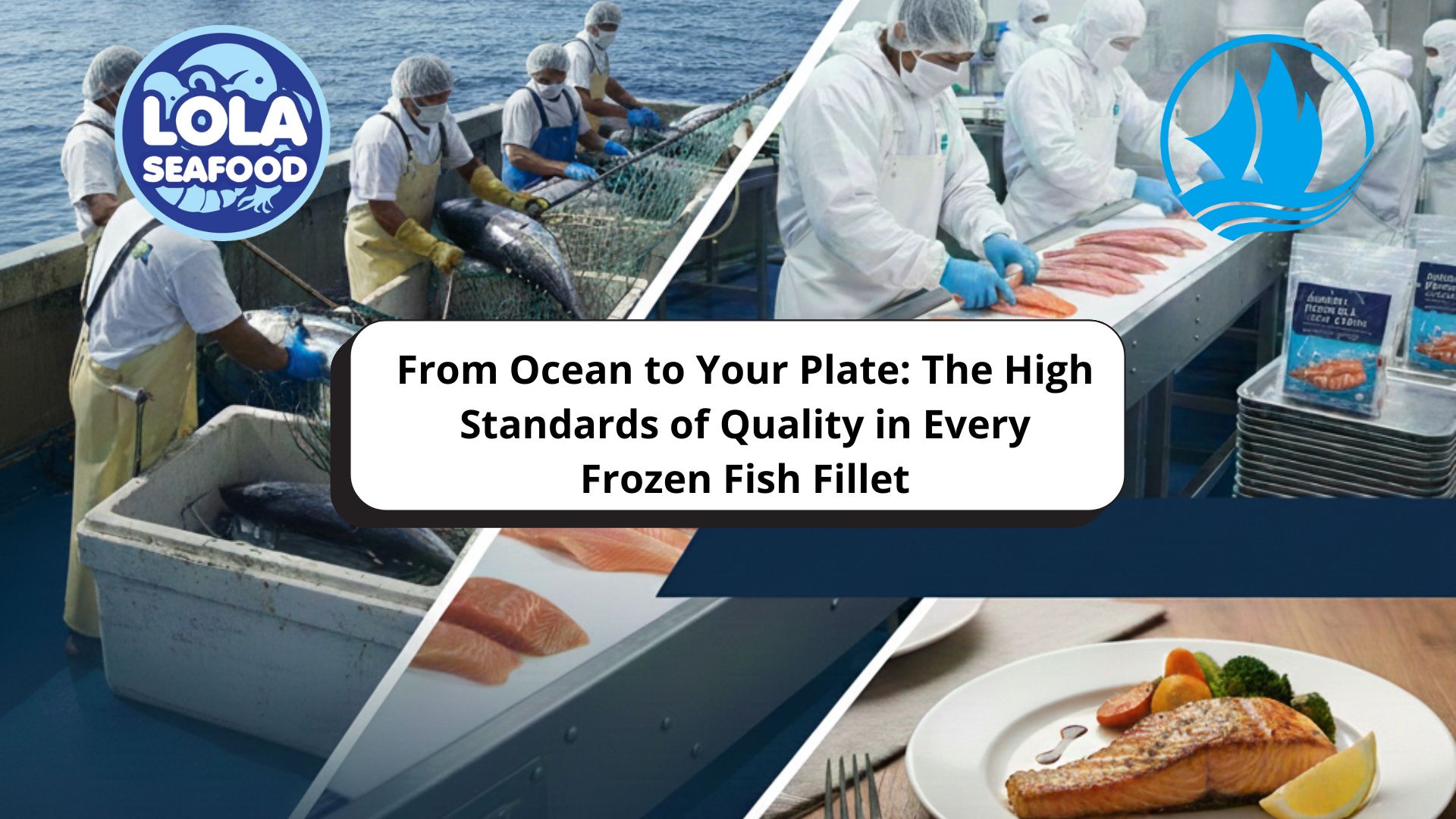

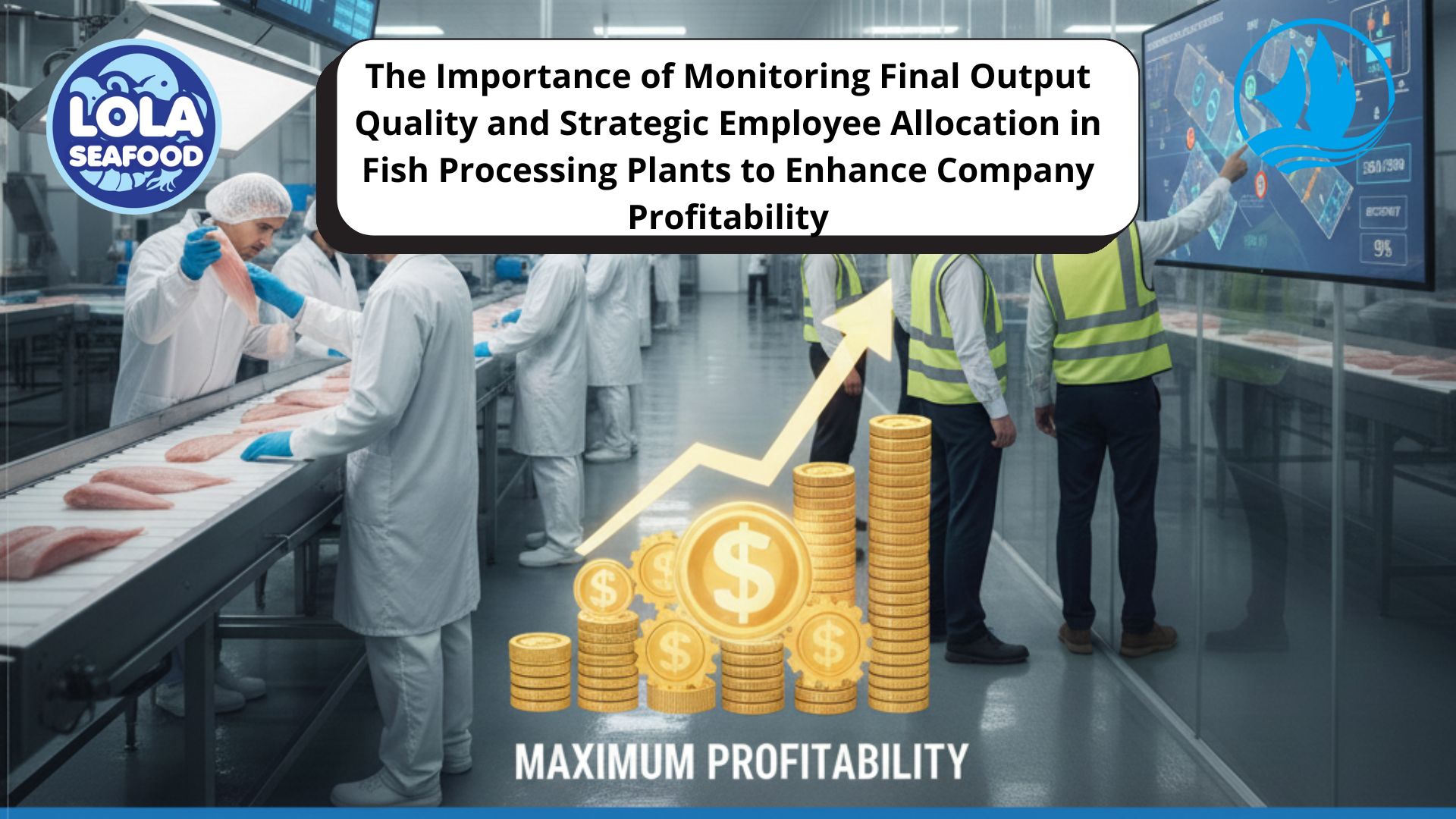
.jpg)
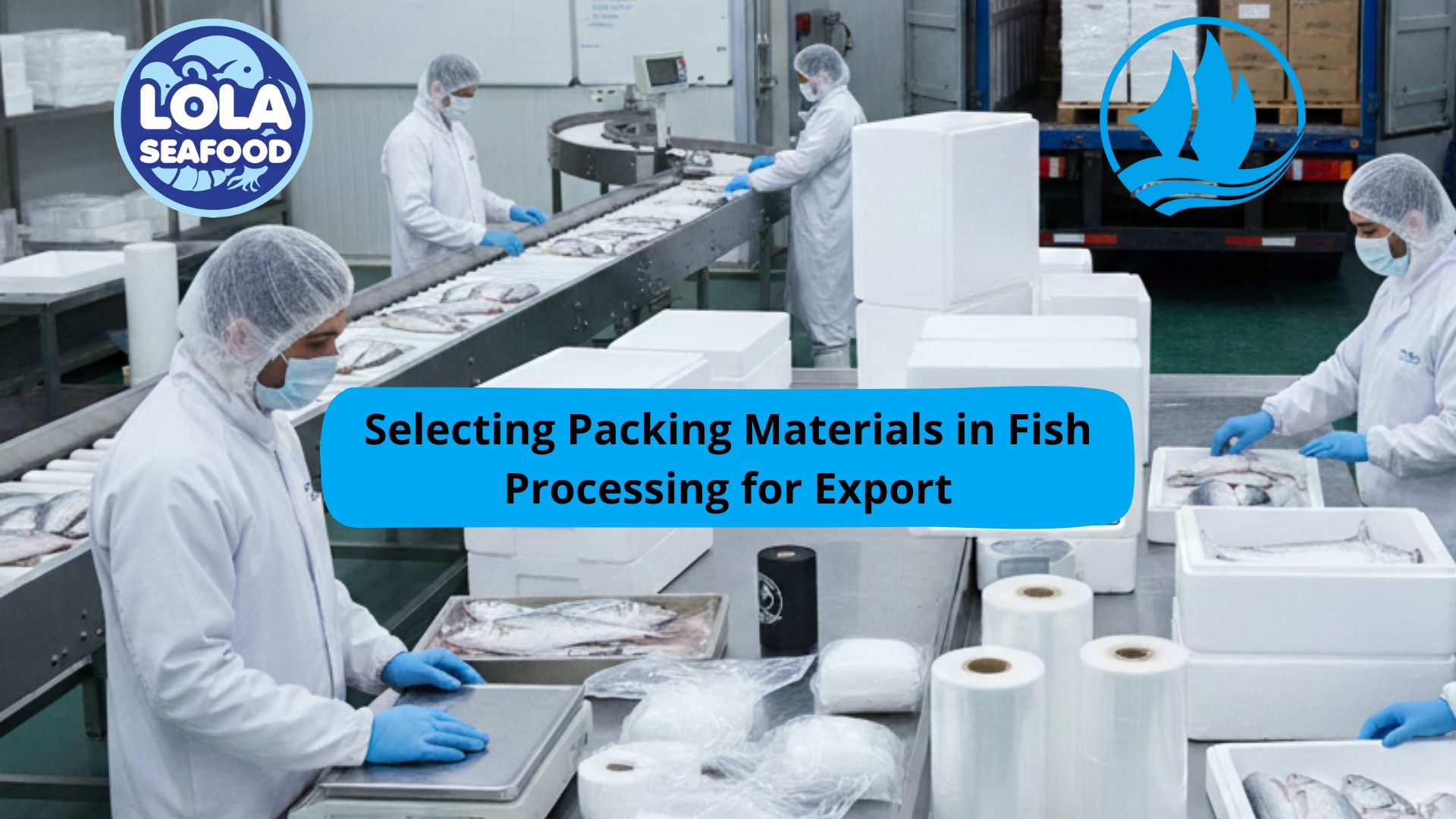
.jpg)
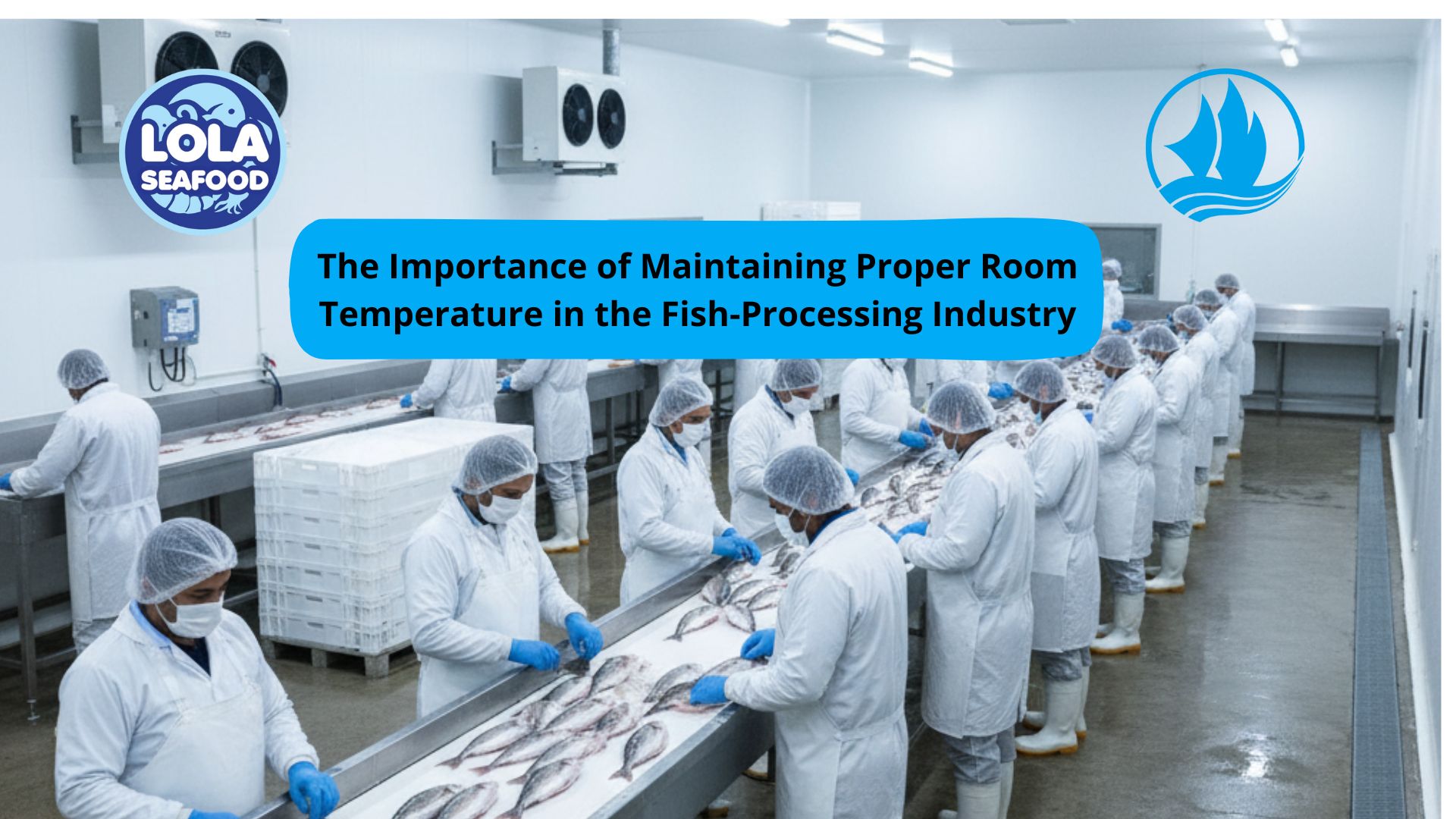
.jpg)